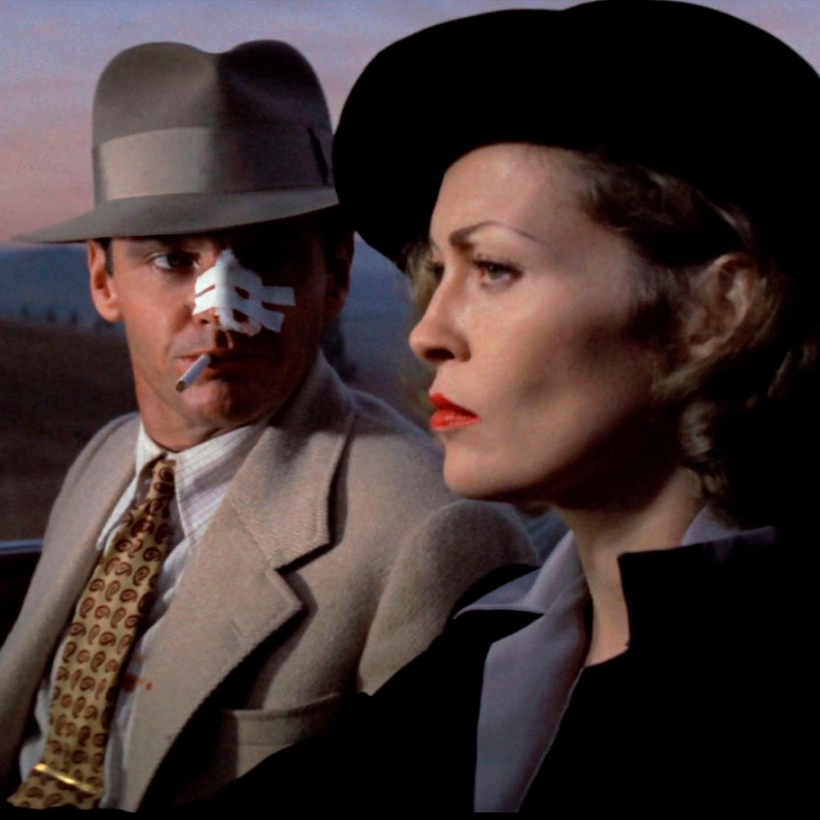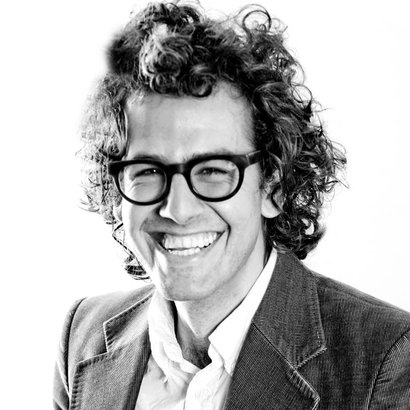Do you know anyone who is glamorous? No. At least, not for long you don’t. Knowing and glamour are incompatible. Glamour requires mystery or else it will wilt under the harsh light of reality.
That’s why glamour’s most natural and enduring habitat is the movies of the 1930s and 1940s, created in the wholly controlled greenhouse environments of Hollywood soundstages. The star system was at its height, and movies were designed, shot, and edited by practiced craftspeople expert in mediating those mysteries named Marlene Dietrich, Kay Francis, Gary Cooper, and Cary Grant, to name a few.
Black and white (its own form of unreality) was a big help, as was the Production Code (with its prohibitions), likewise the stricter moral code of popular America (with more taboo, more temptation). Things are left unseen and unsaid. We lean in, wanting more—or, as is often true of the right clothing on the right person, less.

“Is not the most erotic portion of the body where the garment gapes?,” Roland Barthes asks. “It is intermittence, as psychoanalysis has so rightly stated, which is erotic: the intermittence of skin flashing between two articles of clothing (trousers and sweater), between two edges (the open-necked shirt, the glove and the sleeve); it is this flash itself that seduces, or rather: the staging of an appearance-as-disappearance.” This is why glamour, more than mere beauty, is so especially cinematic; the game of hide-and-go-seek can only be sustained for so long in real life.
But when the studio system broke up, and color ate black and white, young filmmakers picked up handheld cameras and took to the streets in search of unromanticized “reality.” Glamour—what very well may be the key ingredient of classic American movies—went the way of the contract player, into show-business history. By the late 60s, “Hollywood glamour,” exemplified by the luscious studio portraiture of George Hurrell, was regarded by the new generation with ambivalence at best. Today, it is falsely derided as old-fashioned, fraudulent, or kitsch. But I know it is yearned for.
One of the miracles of Chinatown, which was released 50 years ago this summer, is that it manages to be both 1974 naturalistic and 1937 seductive at once, neither sentimental about glamour nor superior to it, combining the best of Old and New Hollywood. Conceived for color (desert reds, browns, and yellows), brightly lit by the L.A. sun, Chinatown doesn’t pretend to be a movie from another era.

The script—by Robert Towne (who died earlier this month), along with Roman Polanski and an uncredited Edward Taylor—does not self-consciously ape hard-boiled dialogue, or use voice-over to put us in our protagonist’s head, or use Expressionistic touches to evoke a character’s deteriorating state of mind, or flashbacks to portend the coming doom. Chinatown is, therefore, very much in argument with the style and structure of its antecedents, manifestly not the neo-noir it is often said to be.
The movie does not look nostalgic either. Production designer Richard Sylbert and his sister-in-law, Anthea Sylbert, who died in June, were not fantasists but researchers and psychologists, exacting in their selection of design elements. Anthea did not regard her clothes as costumes, and Richard did not think of his sets as stages. Rather they adapted their designs from magazines and personal photo albums, not the Hollywood movies of the day. The film is simply and unself-consciously stylish, conceived not for the camera but, it would seem, by the characters themselves.
Chinatown is very much in argument with the style and structure of its antecedents, manifestly not the neo-noir it is often said to be.
At the same time, Chinatown refuses to sit comfortably in its own era, and shrugs off the improvisational aesthetics of Hal Ashby or Robert Altman or Elaine May for a more formal approach. It is Polanski, not the actors, who is in ultimate control. He uses the camera, as he so often does, with complete precision, telling his story in grammatically clean, clear, and correct sentences (as opposed to Altman’s stream of consciousness). He is speaking, through Chinatown, in a dialect uncommon to his era.

The film’s tone is deliberate, serious. Polanski pays us the respect of showing us only what is of significance; we get the message. For those of us who love Hollywood, this is romantic. Then there is Jerry Goldsmith’s score, music not for the young, but aching with the glamour of another age, of ideals lost.
It is these lost ideals, this vanished glamour—personified by Nicholson and Dunaway—that keeps Chinatown, a film about futility in the face of corruption, sadly relevant to our own time, from being impossibly bleak. Gittes would be wise to “Forget it, Jake,” but we know he can’t: she was too beautiful, and a mystery.
Sam Wasson is a Writer at Large at AIR MAIL and the author of several books about Hollywood, including The Big Goodbye: Chinatown and the Last Years of Hollywood, as well as a co-author of Hollywood: The Oral History


